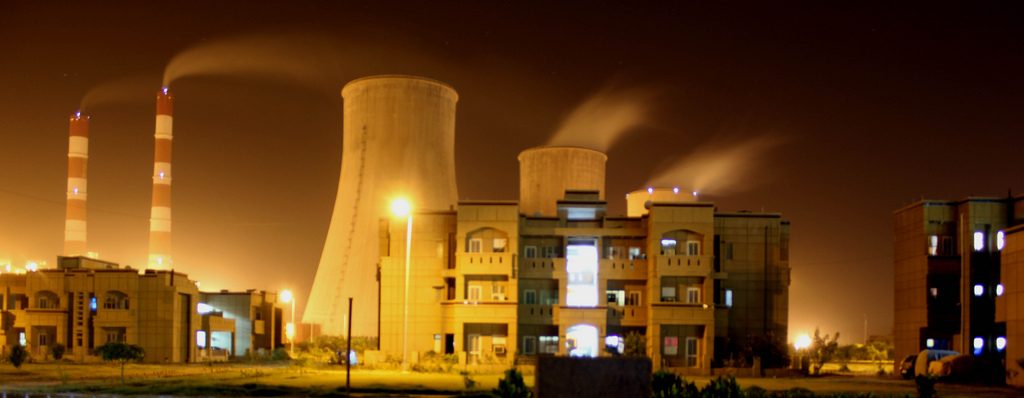Blog

Two researchers at the Council on Energy, Environment and Water (CEEW), a strategic partner with ISEP, have recently released a report that focuses on the Indian government’s goal of providing 24×7 Power to households in the state of Uttar Pradesh. Their key insights are: (1) households in Uttar Pradesh are not connected to the grid because of high upfront and recurring costs as well as unreliable electricity supply; (2) more than half of the households do not get to use the appliances that they would like; (3) a fifth of the households do not get electricity after dusk; and (4) less than 15% of the electrified households had meters and at least 20% of the households were not paying for their electricity consumption.
This timely report leverages on the results of the ACCESS survey that, among other things, examined electricity access in the state of Uttar Pradesh. Importantly, they survey 168 households in each district, across the state and the sampling strategy ensured that the results are representative at both the district and state levels.
Electrifying India is a daunting task. With a population of over 1.3 billion, it is not an easy undertaking to ensure reliable electricity to all households. To be fair, the country has made some progress over the last seven decades and achieved almost 80% of the population have access to electricity. Yet this means that more than 240 million Indians do not have access to electricity.
The bulk of the unelectrified households are in Uttar Pradesh, a state with a population of around 200 million. However, according to the Indian Ministry of Power, all villages except two have been electrified in Uttar Pradesh. The disconnect between electrified villages and electrified households lies in how the Indian government classifies an electrified village: a village is considered to be electrified if it has basic infrastructure such as distribution transformers and lines; schools and health centers have access to electricity; and 10% of the total number of households in the village are electrified. In other words, it is possible for 90% of households within a village to have no access to electricity and yet live in an electrified village.
As this CEEW report indicates, this is exactly what is happening in Uttar Pradesh. About “71% of unelectrified rural households in Uttar Pradesh live in habitations with grid electricity.” This disconnect has not gone unrecognized by the current Indian government. So they have recently announced the Pradhan Mantri Sahaj Bijli Har Ghar Yojana (Saubhagya) scheme that aims to provide last-mile connectivity to and 24×7 power for households by 31 December 2018. This scheme has deep implications for Uttar Pradesh precisely because of the high number of unelectrified households in the state.
While last mile connectivity is important, the CEEW report points to some important aspects that are necessary to achieve the 24×7 power for households. First, they point to the importance of reliable electricity supply. Indeed, grid electricity in India is unreliable in rural areas leading some people to doubt its efficacy to run basic appliances. The Indian government would do well to pay attention to this critical aspect. Providing households with unreliable electricity supply will only cause them to stick with kerosene.
Second, they highlight that the main reason households do not take up grid electricity in Uttar Pradesh is because of the perception of high costs. This is an equally important aspect especially since they find this perception even among households that spend a lot more on their lighting needs via kerosene. They suggest conducting awareness camps in unelectrified habitations so that households are more aware of the precise costs that they will incur when they take up grid electricity. This suggestion definitely merits further rigorous study. We need to understand that extent to which such camps will increase the take up rate among households. Once that is established, we can think about how to scale this up to the national level.
Third, they emphasize that households seem to fear arbitrary recurring costs from grid electricity. They advocate the use of meters, especially through distribution franchises, that could reduce the cost uncertainty for households. Like the camps, this is also a useful suggestion that warrants more careful analysis. Understanding the extent to which household meters and distribution franchises can help increase household electricity access needs to be studied before it is scaled up to the national level.
In sum, the CEEW report highlights some crucial aspects that need to be overcome if the Indian government is going to provide Uttar Pradesh with 24×7 electricity. Reliability and costs are key and the government would do well to focus on these as they seek to ramp up efforts at last-mile electrification.
